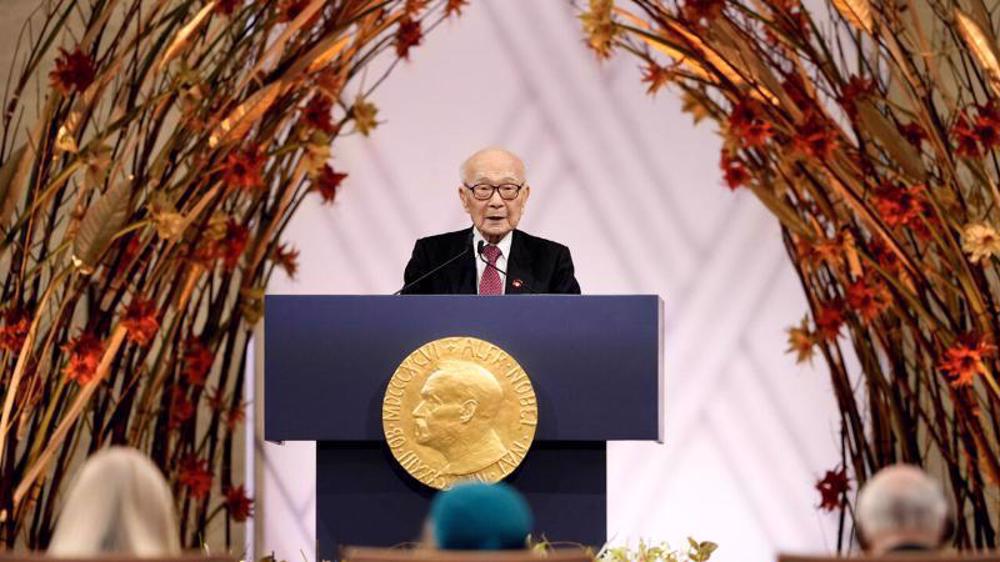Karabakh warring sides agree on third ceasefire deal in four weeks
Baku and Yerevan have announced they would begin on Monday morning a third attempt to establish a lasting ceasefire after four weeks of fighting.
The new truce is the third one announced in four weeks of fighting over the Nagorno-Karabakh disputed region. Two earlier Russia-brokered ceasefire agreements, including one last weekend, frayed immediately after taking forces, with both sides accusing each other of violations.
The decision on the new ceasefire, which is set to begin at 8 am (0400 GMT) Monday, was announced in a joint statement by the governments of Washington, Baku and Yerevan, after Armenian Foreign Minister Zohrab Mnatsakanyan and his Azerbaijani counterpart Jeyhun Bayramov met with US Deputy Secretary of State Stephen E. Biegun.
"The United States facilitated intensive negotiations among the Foreign Ministers and the Minsk Group Co-Chairs to move Armenia and Azerbaijan closer to a peaceful resolution of the Nagorno-Karabakh conflict," Sunday's joint statement said.
The warring parties agreed to abide by the terms of the humanitarian ceasefire agreed in Moscow on October 10, which were reaffirmed in the statement issued from Paris on October 17, the statement added.
The US is one of three co-chairs, along with France and Russia, of the Minsk Group, established by the Organization for the Security and Cooperation of Europe (OSCE) to broker peace between the two former Soviet republics.
The latest positive development came hours after Armenia raised its military death toll to 974.
Some 37 civilians have also been killed in fighting between Azeri and Armenian forces, which broke out again on September 27, it added.
Azerbaijan has not disclosed its military casualties due to censorship under the martial law that applies in the region. But Baku did say 65 civilians were killed and more than 300 wounded on their side.
Since late September, heavy clashes have been underway between Azerbaijani and Armenian military forces over the Nagorno-Karabakh region. Both sides blame each other for initiating the fighting in the Caucasus Mountains.
It has been the worst spate of fighting between the two former Soviet republics since the 1990s.
Azerbaijan’s breakaway region of Nagorno-Karabakh is mainly inhabited by ethnic Armenians. Though a ceasefire was agreed in 1994, Baku and Yerevan continue to accuse each other of shooting attacks around the enclave.
VIDEO | Australians rally for Gaza ahead of Christmas festivities
VIDEO | Attacks on Sana'a
Iran reports further drop in annual inflation rate in December
Israel indicts two settlers over suspected spying for Hezbollah
Iran: US airstrikes on Yemen war crimes, violation of international law
Yemeni armed forces down F-18 fighter jet, repel US-UK attack: Spokesman
Iran warns against US-Israeli plot to weaken Muslims, dominate region
VIDEO | Public uproar in US against Israeli regime











 This makes it easy to access the Press TV website
This makes it easy to access the Press TV website